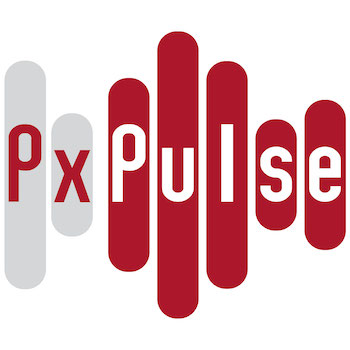A global snapshot of total numbers of participants in trials by country.
Vaccine and Antibody Trial Participant Recruitment, 2018
Px Wire April-June 2018, Vol. 11, No. 2
In the new issue of Px Wire, AVAC gives our take on this year’s PEPFAR process for establishing the Country Operational Plans (COPs). These plans define what work will be done with PEPFAR money at the country level and how that work will be evaluated in each of the 63 countries that receive PEPFAR money.
Interpreting PEPFAR Data: A look at Zimbabwe
In this centerspread taken from Px Wire, our quarterly newsletter, we take a closer look at Zimbabwe’s data, and highlights amfAR’s detailed country factsheets that draw from PEPFAR’s giant data sets. Additional tools and information on influencing the COPs process are available from COMPASS partner Health GAP’s PEPFAR Watch.
From the Trenches, Advocates Share Their Prevention Priorities
In this episode of Px Pulse, our monthly podcast, we bring you two different conversations, each throwing a spotlight on different aspects of HIV prevention advocacy today. You’ll hear how the AVAC Partner Forum brought key issues into focus and how these advocates are sharpening their strategies. Then we turn to a global effort to accelerate prevention.
What’s Next for the Dapivirine Ring

In March, initial results from the two open-label trials of the dapivirine vaginal ring (HOPE and DREAM) showed that adherence and efficacy improved over the earlier Phase III trials. Open-label studies, unlike Phase III studies, do not use a placebo, and all participants know they are using an intervention with evidence of a certain level of HIV protection. The ring is also advancing along the pathway to licensure. If approved, it will be the next major prevention option available since the US FDA approved oral PrEP in 2012.
The dapivirine vaginal ring is made of silicone and inserted in the vagina releases the antiretroviral drug, dapivirine, over the course of a month to protect against HIV.
In this episode of Px Pulse, Zeda Rosenberg of the International Partnerships for Microbicides, which developed the ring, explains the latest findings and spells out how, when, where and if the ring might become an available tool. A trial participant and community leader in Uganda, Ruth*, pulls back the curtain on the ups and downs of using the ring, and a Ugandan investigator with the REACH study, Carolyne Akello of the Makere University-Johns Hopkins University Research Collaboration, explains the importance of the this trial, the next step in testing the potential of this monthly vaginal ring for young women.
*Last name withheld for confidentiality.
From Research to Roll Out: Comparing oral PrEP to the dapivirine ring
These slides provide an overview of the process that takes an HIV prevention product from the final phases of research into the real world where it’s broadly available. Also included is a comparison of findings from research on the dapivirine ring and oral PrEP at key points along the process.
A PDF version is also available.
Map of HIV Prevention Research and PrEP Demonstration Sites in Kisumu, Kenya
This map demonstrates the breadth of HIV prevention research and demonstration projects in the Kisumu region of Kenya by site and type (e.g. daily oral PrEP, preventive Vaccines, etc.). This map was developed by Wits RHI with support from AVAC as part of the Coalition to Accelerate and Support Prevention Research.
Deprioritizing Women’s Lives in 2017
This short excerpt from our AVAC Report 2017 contains two stories: an update on hormonal contraception and HIV risk, including what to look out for in 2018, and an explanation of the damage caused by the Trump Administration’s expanded Global Gag Rule, preventing any organization receiving US global health funding from advocating for abortion as a family planning method.
Three Perspectives, Two Trials and One Big Goal
With more efficacy trials underway today than ever before in HIV prevention research, this episode of Px Pulse zooms in on two that have most recently launched: one of two trials testing a long-acting injectable antiretroviral called cabotegravir (HPTN 084), and the study of a “mosaic” vaccine developed by Janssen Pharmaceuticals (HVTN 705/HPX2008).
Px Wire January-March 2018, Vol. 11, No. 1
In this issue of Px Wire, we take a hard look at a host of major milestones coming up toward ambitious global targets for ending the epidemic. We also include detailed infographics on showing the status of oral PrEP rollout in the countries where trial sites are located, explaining the demographics of Africa’s “youth bulge” and its implications for the global response and more.